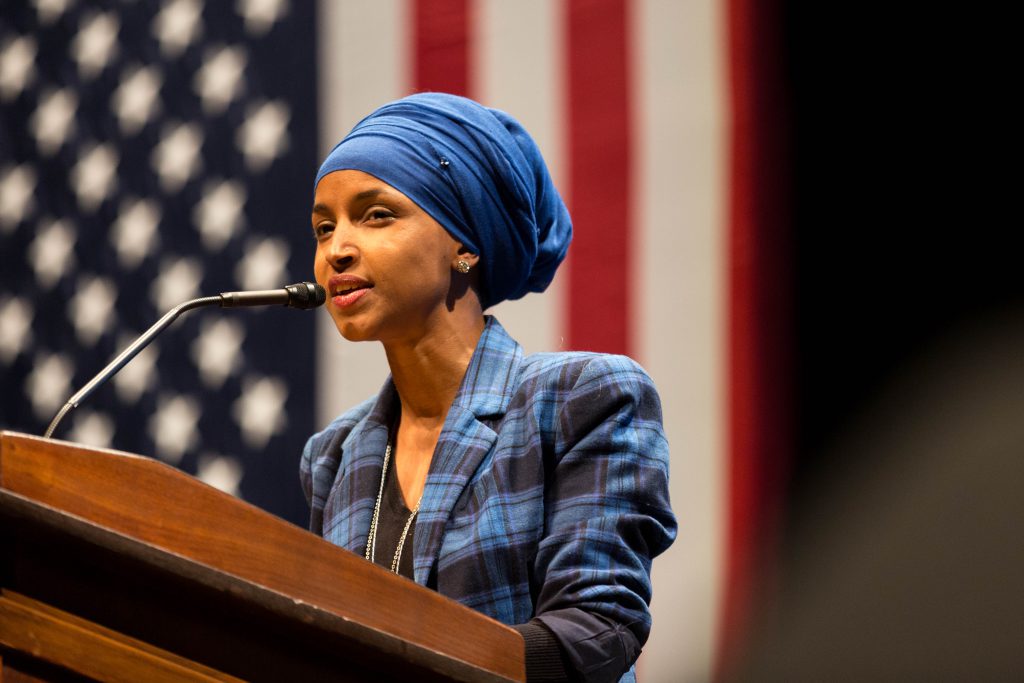Time for Ilhan, directed by Norah Shapiro, follows Ilhan Omar as she sets out to make history as the first Somali-American Muslim woman to hold public office in the United States.
Any person who has paid attention to the United States in the last year and a half knows that the political climate regarding Muslims hasn’t exactly been the kindest nor the most welcoming. Time for Ilhan acts as a champion for the Muslim community that has no association with terrorist organizations as well as works to dissipate stereotypical concepts that all Muslim women are unable to have their own voice and goal in life. Even further than this, Time for Ilhan gives Muslim women, specifically in this case Ilhan Omar, the opportunity to show that they are just as powerful and influential as anyone.

Ilhan giving a speech after being elected to the Minnesota House of Representatives
Throughout the course of the film, the personification of former Minnesota Representative Phyllis Khan is continually negative as she attempts to tear down her opponents Ilhan Omar and Mohamud Noor. This representation of Khan suggests that representatives who are allowed to serve for decades on end don’t benefit any citizen except the representatives themselves, and as the world changes we need new politicians who change with it.
In terms of storytelling Omar remains genuine and real, qualities lost of many politicians today. This relatability is one of Time for Ilhan‘s greatest strengths and is accomplished by Shapiro in her genius use of comedic moments of Omar and her children as well as instances of Omar’s own humor such as her comedic impatience with the website that is to display the caucus results.

Kahn, Omar, and Noor during the caucus cycle.
Shapiro follows Omar through the majority of the election cycle, both her own and that of the 2016 presidential election. Even though the election results appeared to point toward an increasingly difficult future for both Ilhan and other Muslim-Americans, Shapiro takes this opportunity to drive home the most compelling moment in the film. Not only is the audience shown Omar’s resilience and determination to work toward a better future, Shapiro also displays a multitude of news and rally footage showing the gigantic spike in women running for public office after the election of President Trump. This sequence is compelling in that in the months following the election, a lot of women felt as though there was a dark cloud looming in the future and in some cases this fear remains. Shapiro’s choice for this final sequence resulted in a sense of empowerment and hope in myself personally and, I’m sure, in other women in the audience as well.


Recent Comments